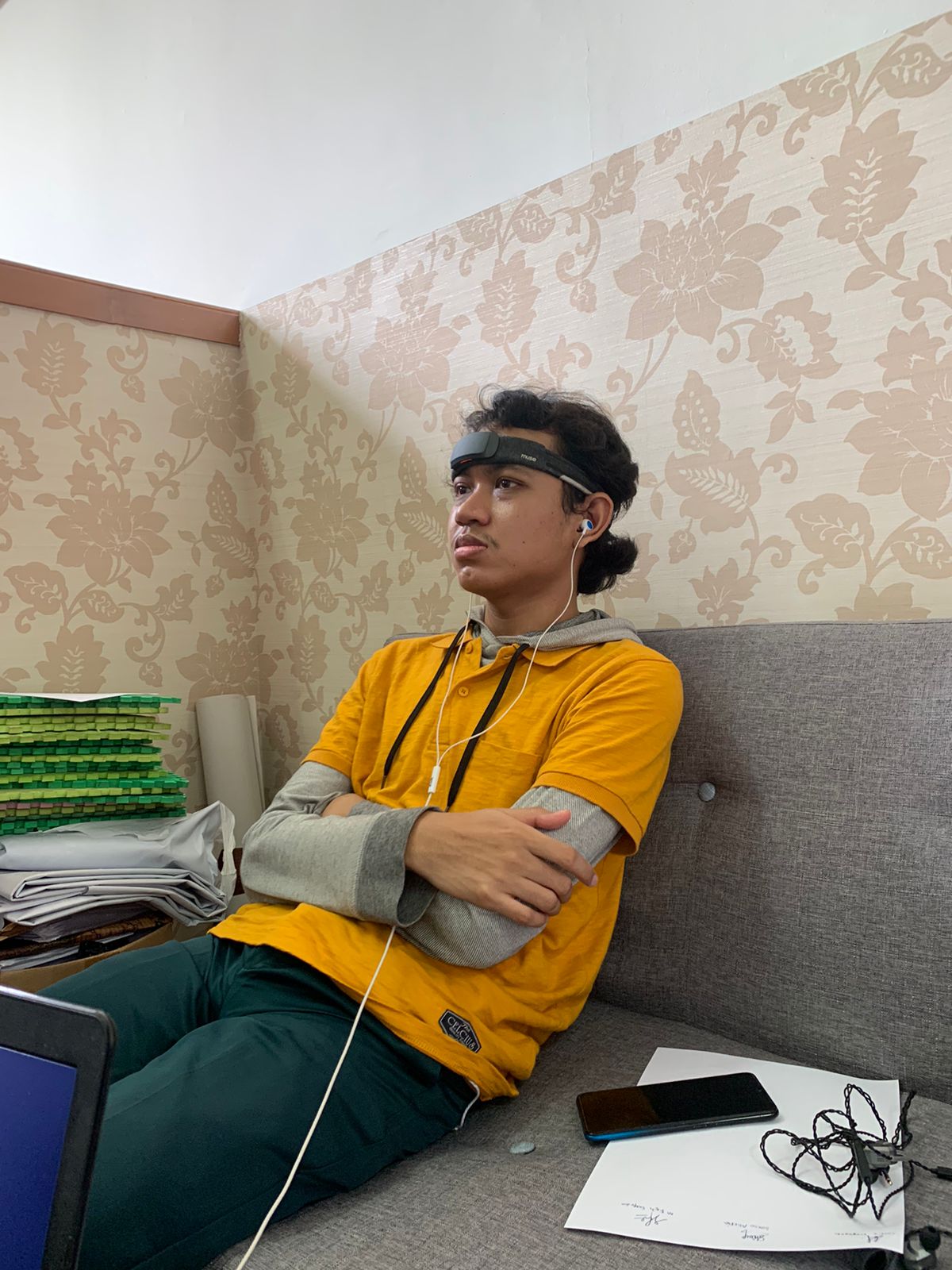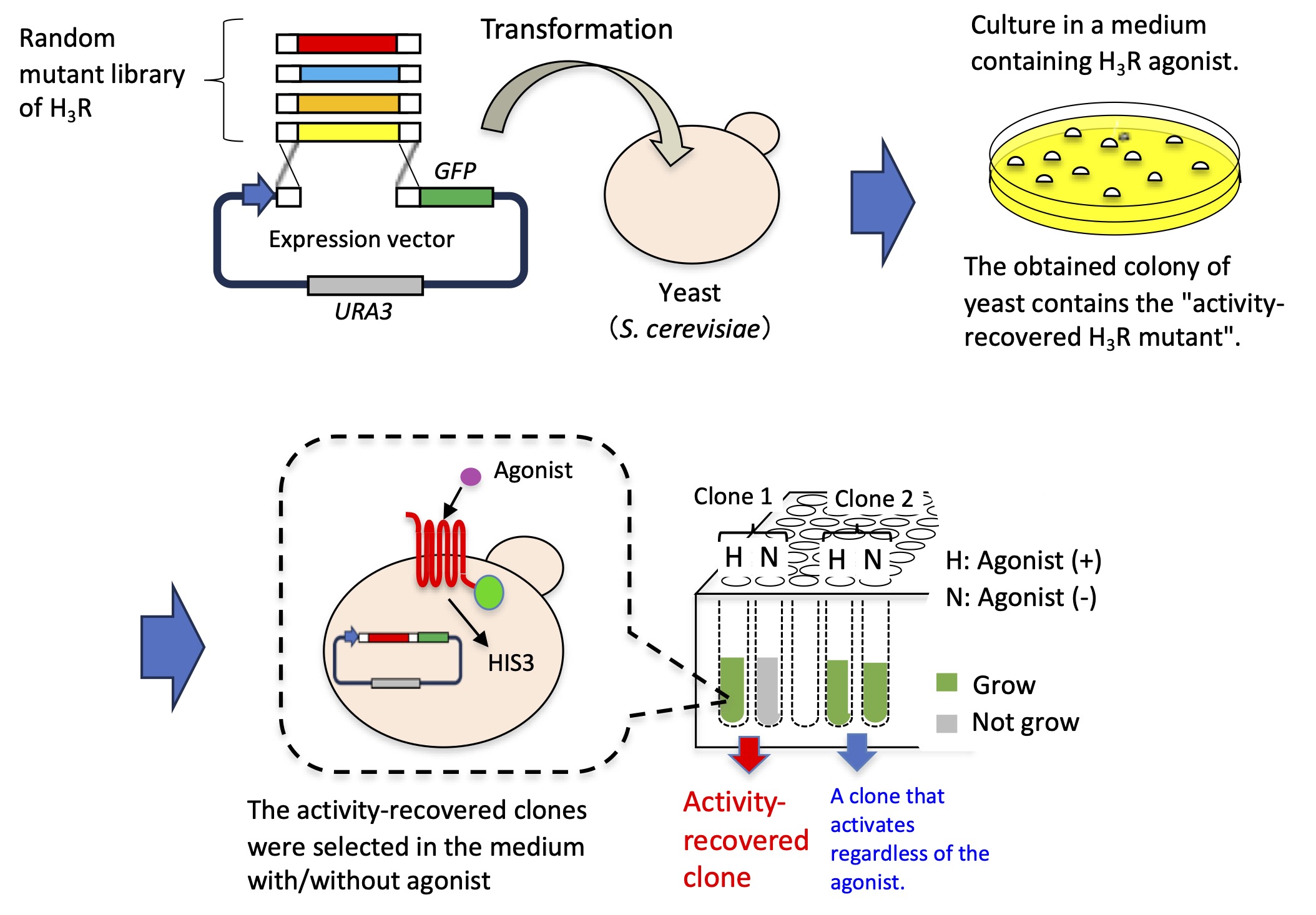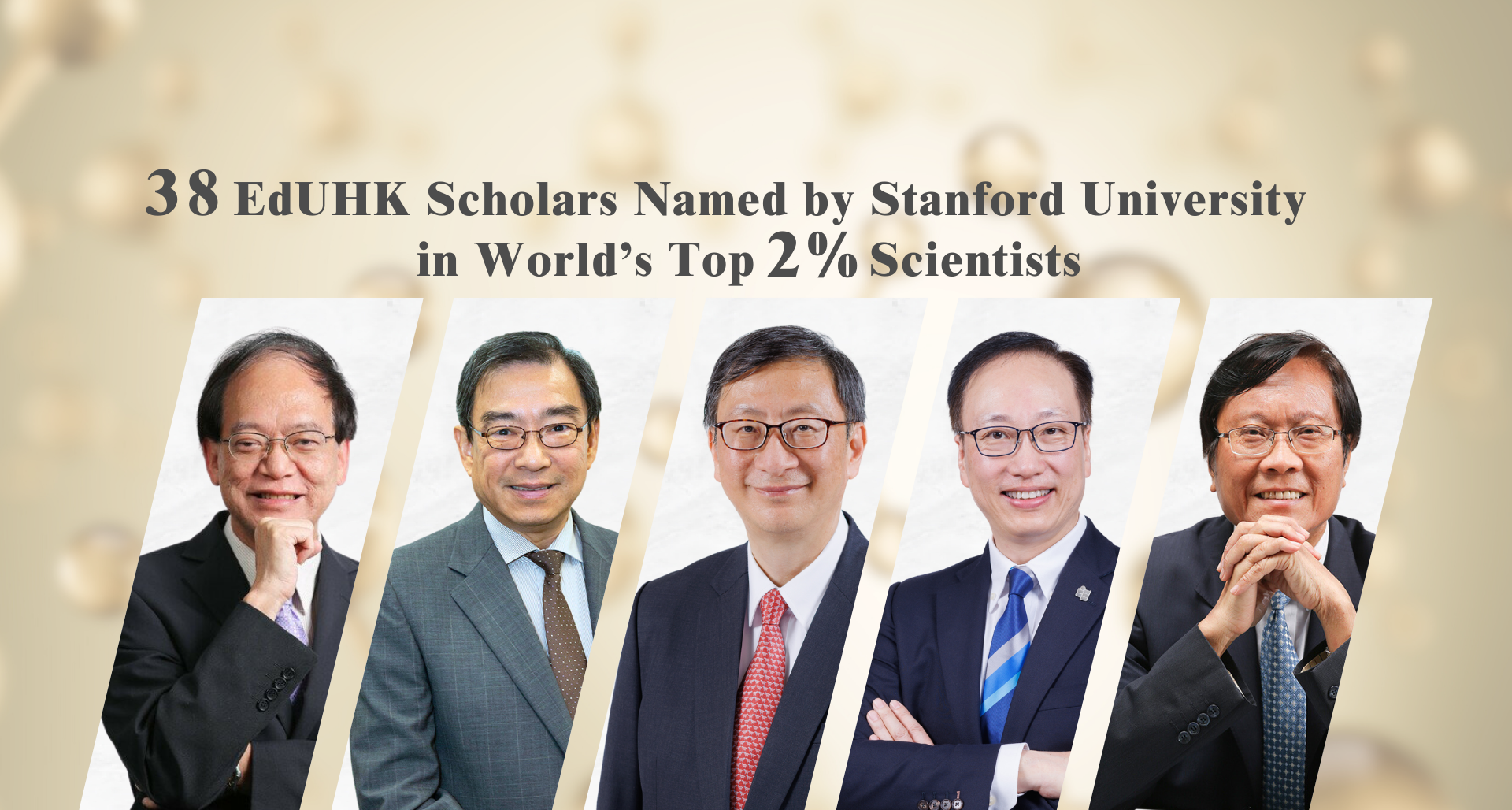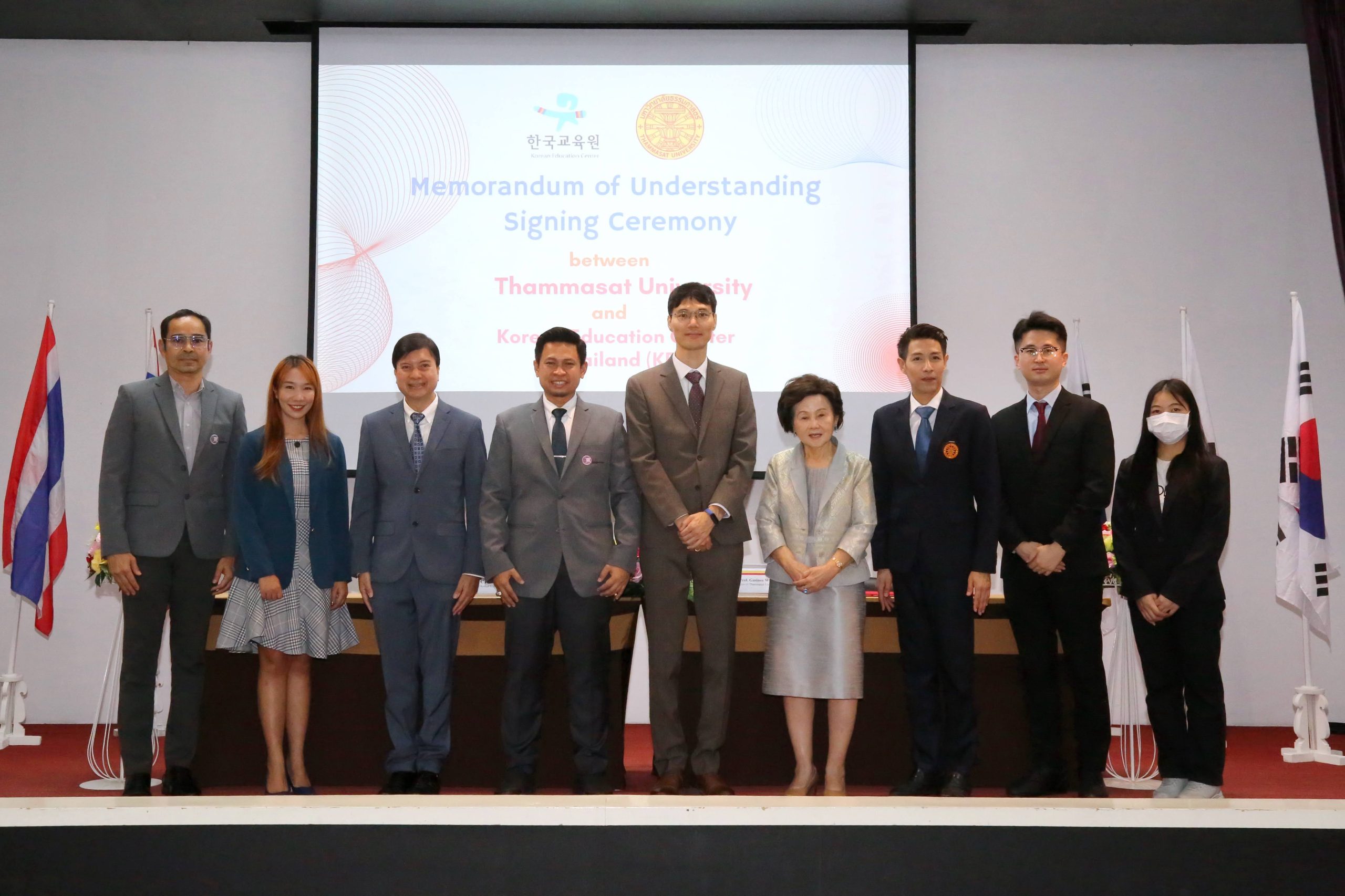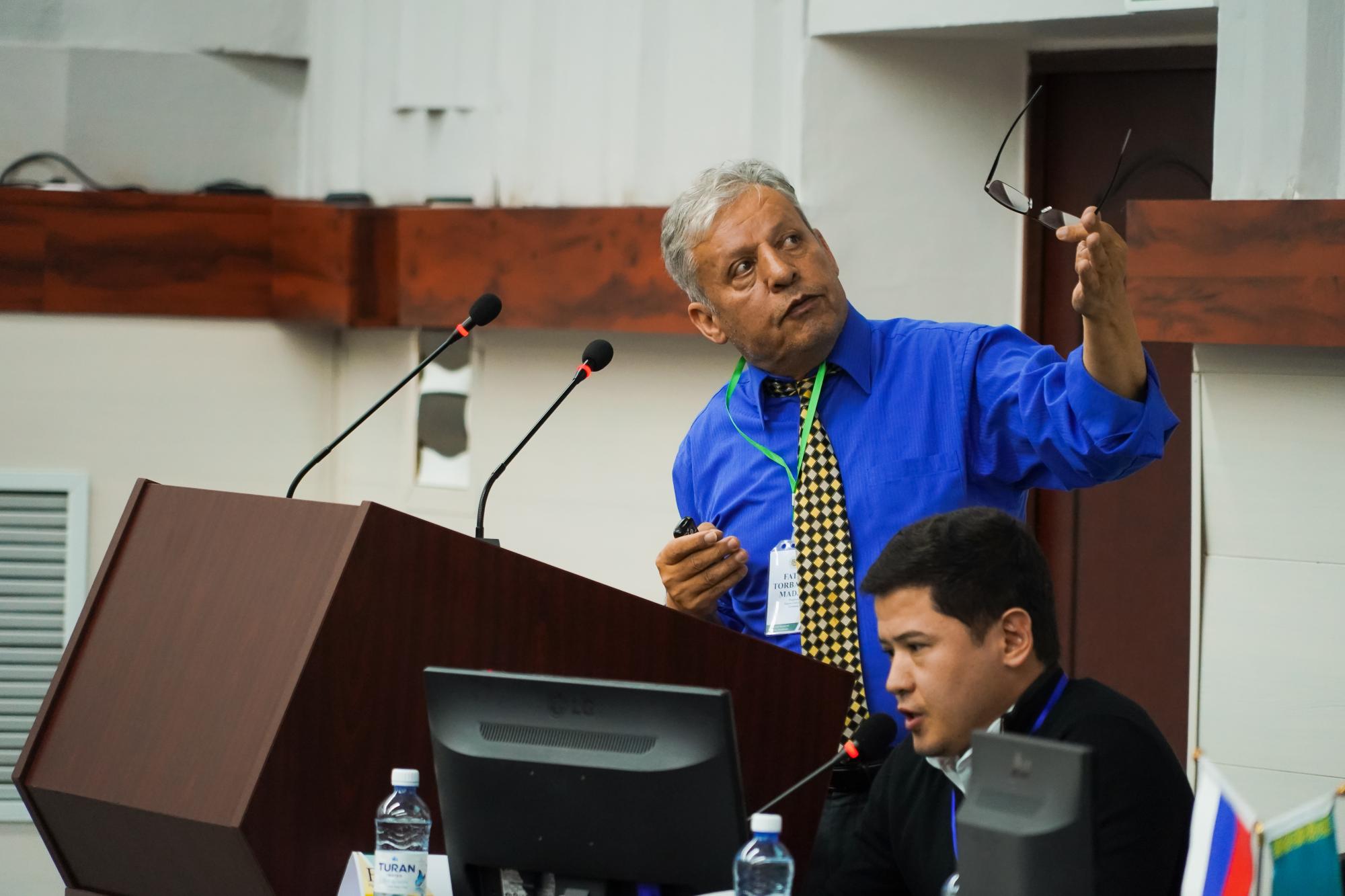The University of South Australia in Adelaide, Australia has partnered with the University of Exeter (UK) and Carnegie Mellon University (USA) to launch the Global Executive MBA in Defence and Space, the first program of its kind to meet the challenges facing the sectors.
In response to increasing global geopolitical instability and the establishment of the AUKUS alliance, the University of South Australia (UniSA) introduced the Global Executive MBA in Defence and Space (GEMBA).
The AUKUS security pact presents significant opportunities for those working in and servicing the defence and space sectors. Skills development will be crucial to the ongoing development of the defence and space ecosystems. While technical skills are required under Pillar 1 of AUKUS to build the submarine infrastructure, sustainment and construction, developing advanced cooperation between the three partners as outlined under Pillar 2 will be required across the supply chain.
This presents significant opportunities to develop cutting-edge capabilities that are underpinned by work to promote tri-lateral information and technology sharing to accelerate defence and space innovation enterprises.
The AUKUS arrangement means working with different cultures, agencies, organisations, and teams. This requires technical understanding as well as future-focussed capabilities such as communication, teamwork and problem solving.
UniSA has partnered with Carnegie Mellon University (USA) and the University of Exeter (UK) to launch the Global Executive MBA in Defence and Space (September 2023) , the first program of its kind tailored to meet the most pressing challenges facing the two sectors.
The program is designed for uniformed and non-uniformed personnel from small and large defence companies, government, and adjacent industries from AUKUS and other allied nations to develop speed to capabilities.
The GEMBA model delivers three main innovations. First, driven by the demand for speed to capabilities under Pillar 2 AUKUS, we designed a tailored program to address critical gaps in cyber security, space systems, geopolitics and defence procurement to help future-proof the workforce and build innovative leadership capabilities across the defence and space sectors for the new era.
Second, we partnered with Carnegie Mellon University and the University of Exeter in presenting an 18-month cohort-based program delivered across three countries – Australia, the UK and the US – to reflect the tri-lateral AUKUS alliance. The program features 12 courses covering the organisational functional requirements of an MBA contextualised in the defence and space sectors. Students undertake three in-country residentials in Adelaide, Washington DC, and London, interspersed with online learning.
Third, we partnered with industry to cocreate the curriculum to ensure relevancy and currency. For example, for the capstone, we partnered with the Capability Acquisition and Sustainment Group (CASG). CASG is the key delivery agency for the Department of Defence and exists to meet the Australian Defence Force’s military equipment and supply requirements. Students will be assigned a non-classified project as issued by CASG for the capstone. We have also partnered with Accenture who will supply an advisory coach to each group as they work on their capstone challenge.
Working in coopetition and not in competition, allows pockets of expertise to be leveraged and efficiency realisation gains to produce innovative learning experiences on a global scale. The three-way partnership between UniSA, CMU, and Exeter reflects the cross-cultural collaboration behaviours required for complex defence and space projects under AUKUS. It sets a precedence in creating the infrastructure and team-based cultures required to develop workforce speed to capabilities.
This new ecosystem looks to continuous innovation through a shared appreciation of the lifelong learning discourse and the need for providers to offer end-to-end learning solutions to meet evolving learner requirements. Future iterations of the program include short course offerings and industry-specific courses as either discrete learning options or pathway options into the GEMBA.
In its first year of introduction, the GEMBA expects to deliver global impact by developing leaders who can navigate complex geopolitical relationships and work across different cultural and institutional contexts.
Glen Gallagher, Operations Manager at Boeing Defence Australia, one of the inaugural students undertaking the program, says he expects the program will help him be at the forefront of AI and space weaponisation and the ethical use of autonomous systems which he suggests pose unique moral dilemmas. “We must navigate the delicate balance between innovation, effectiveness and conscience,” he says.
“The program will also help act as catalysts for those of us in the defence and space sector, to drive us forward to make informed decisions using the visionary leadership skills gained throughout the course”.
Join the sophisticated technological innovation, globalisation and shifting power balances all changing the face of the defence and space industries. The Global Executive Master of Business Administration (Defence and Space) is designed to meet the workforce development needs of these rapidly expanding sectors.




